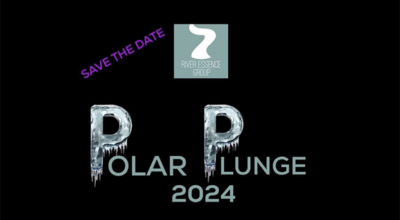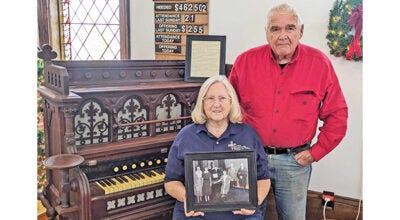Hydrants flushed week of Aug. 10
Published 8:51 am Wednesday, July 29, 2009
Dowagiac Department of Public Safety Director Thomas A. Atkinson cautions residents and visitors to take special care when traveling city streets during the week of Aug. 10.
Hydrant flushing will take place at that time.
Be aware that city staff and firefighters will be in the areas of the hydrants.
Children often like to play in the water as it sprays from the hydrants, and you may experience hydroplaning of your vehicle if you drive too fast for conditions through the water.
A little extra precaution will enhance the safety for all during the important hydrant flushing function.
Summer in the City
A special thank you to those who stopped by “Safety Corner” during Summer in the City last weekend.
Dowagiac Police Department and Pokagon Tribal Police Department fingerprinted approximately 60 children and provided Child ID kits free to families.
Visitors learned about car seat safety and laws at the instructional display on Friday and Saturday.
Dowagiac Fire Department and surrounding departments educated families on home fire safety and escape routes by ushering children through the Cass County Smoke House.
The Smoke House simulates fire/smoke conditions in a residence.
Dowagiac and Cass County CERT members were on hand to assist the PD and FD with their activities, as well as to educate visitors on the Community and Student Emergency
Response Teams and how they serve the Dowagiac community.
A special thank you to all the staff and volunteers who helped to make “Safety Corner” possible!
Beat the heat
We are in the heart of the summer here in Dowagiac and southwestern Michigan.
As families enjoy summertime activities and vacations, it is important to plan for those days when the heat index goes up…up….up.
The American Red Cross offers a variety of ways to help “Beat the Heat” as noted in their tips below:
• Dress for the heat. Wear lightweight, light-colored clothing. Light colors will reflect away some of the sun’s energy. It is also a good idea to wear hats or to use an umbrella.
• Drink water. Carry water or juice with you and drink continuously even if you do not feel thirsty. Avoid alcohol and caffeine, which dehydrate the body. Avoid using salt tablets unless directed to do so by a physician.
• Eat small meals and eat more often. Avoid high-protein foods, which increase metabolic heat.
• Slow down. Avoid strenuous activity. If you must do strenuous activity, do it during the coolest part of the day, which is usually in the morning between 4 and 7 a.m.
• Stay indoors when possible. If air-conditioning is not available, stay on the lowest floor out of the sunshine. Remember that electric fans do not cool, they simply circulate the air.
• Be a good neighbor. During heat waves, check in on elderly residents in your neighborhood and those who do not have air conditioning.
• Learn Red Cross first aid and CPR.
Know what these heat-related terms mean:
• Heat cramps: Heat cramps are muscular pains and spasms due to heavy exertion. Although heat cramps are the least severe, they are an early signal that the body is having trouble with the heat.
• Heat exhaustion: Heat exhaustion typically occurs when people exercise heavily or work in a hot, humid place where body fluids are lost through heavy sweating. Blood flow to the skin increases, causing blood flow to decrease to the vital organs. This results in a form of mild shock.
If not treated, the victim may suffer heat stroke. Signals of heat exhaustion include cool, moist, pale flushed or red skin; heavy sweating; headache; nausea or vomiting; dizziness; and exhaustion.





